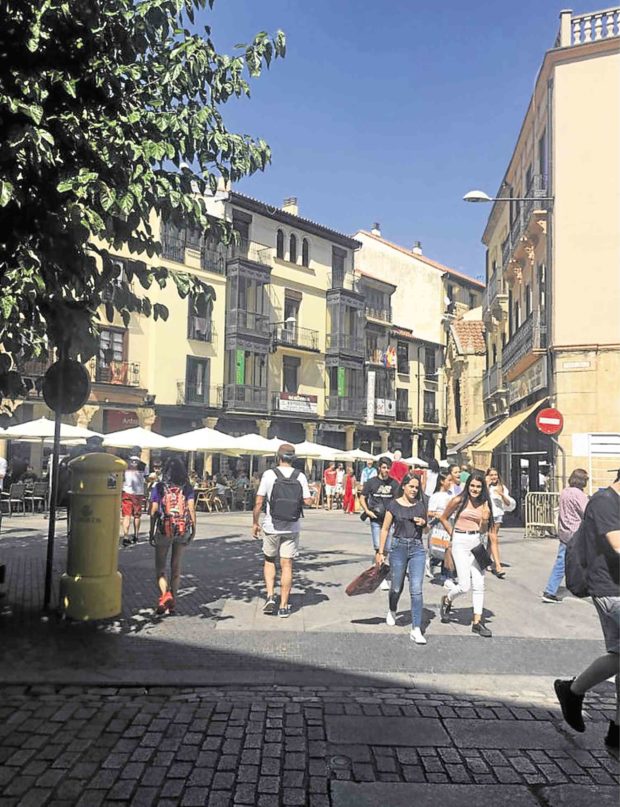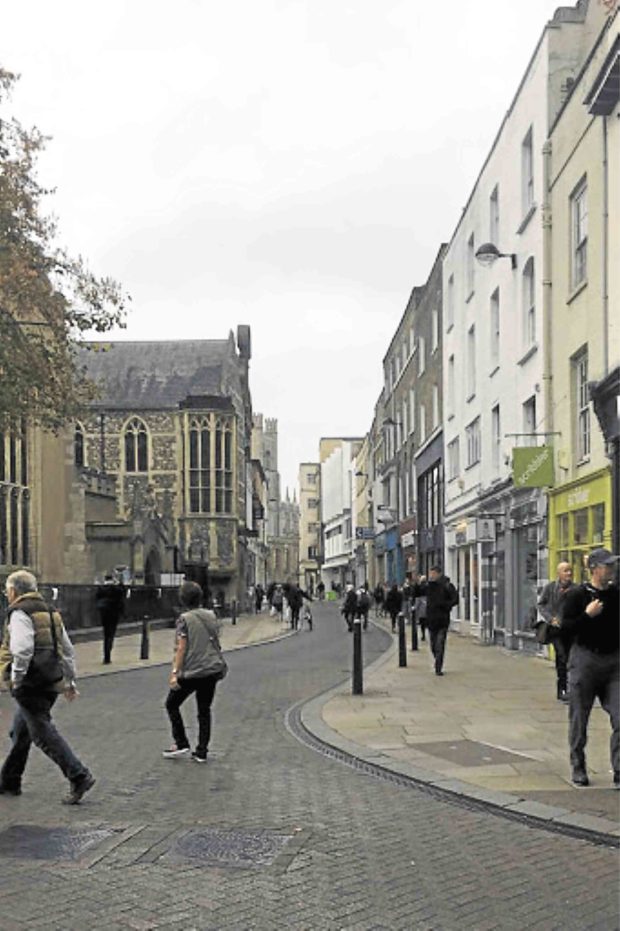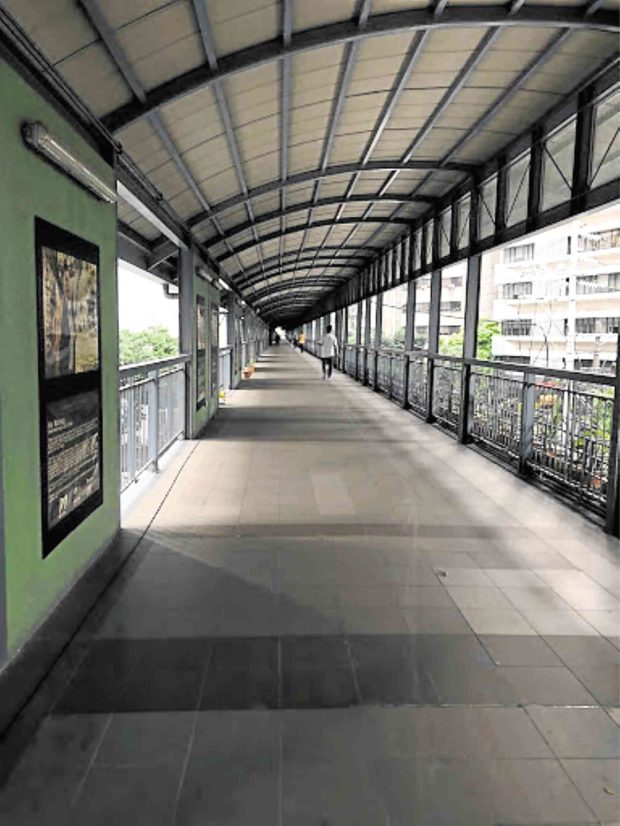A primer on urban mobility
A colleague at our firm leaves her house in Marikina before 3:30 a.m. to make sure her commute is under 2.5 hours.
If she leaves later than that, she risks extending her travel time to four hours. Thus, on a good day she would spend a total of five hours commuting from home to work and back.
Her plight is not uncommon and she is paying the price of having too many vehicles leading to the same destination, competing for limited road space. Metro Manila is four hours away from Metro Manila.
Traffic congestion
But if road space is scarce, then why is its use free? Who is paying for all the traffic congestion?
Definitely not the motorists because their use of the road is free and is, in fact, subsidized by non-motorists. A motorist’s use of a road causes negative impacts or costs to others living in the city in the form of congestion, pollution, noise, and greenhouse gases, referred to as negative externalities.
In other words, non-motorists are absorbing the costs of congestion. One of the reasons why negative impacts exist is because road usage is free and therefore, does not account for the real costs of their use, effectively causing the public to pay for the use of the roads.
One of the ways that other cities have addressed the issue of traffic congestion is to internalize the negative externalities of congestion. Some cities charge for the use of the road through congestion pricing.
In cities such as London and Singapore, cars entering the city center on peak hours are charged fees as part of demand management to relieve traffic congestion. In so doing, external costs are internalized by making the motorists pay for the use of the road and for the costs they impose on others.
Such strategies aim to shift motorists to travel during off-peak or to take transit and thereby reduce congestion.
Studies have shown that a reduction of as low as 5 percent of vehicles in a congested urban highway allows traffic to flow more efficiently.
The objective in internalizing the cost of road use is to reduce cars on the street. And if we are to reduce the number of cars going into the city, then there has to be an alternative.
Interestingly, 30 percent of motorized trips in Metro Manila are less than 2 kilometers in distance, equivalent to a 30- to 40-minute walk. If even a fraction of those 2-km motorized trips shift to walking or biking, it is conceivable to realize a perceptible relief in road congestion, freeing up some capacity in the network for commuters coming from farther away (say Marikina)—a positive butterfly effect.
Alternatives
The good thing about severe traffic is that it prompts some motorists to consider alternative methods of moving around such as taking P2P or ride sharing or simply walking.
The key, of course, is in ensuring that these alternatives are comfortable and safe.
Many cities have already implemented pedestrian or bicycle infrastructure to encourage more people to walk rather than drive. Elevated walkways provide uninterrupted and protected pedestrian corridors. Other places have provided dedicated pedestrian greenways (e.g. Bonifacio High Street) or have gone on road diets where car lanes have been reclaimed for sidewalks, parklets, transit or bike lanes. Some cities have gone to the extent of closing streets from cars to reclaim these for pedestrians.

An important point to consider, though, is that physical distance is the key factor that transportation aims to overcome. Throughout history, transport has used speed as means of overcoming distance.
Thus, most innovations in transport focused on faster modes to shorten travel time. But what if the goal of transport is to shorten the distance between origin and destination and not just to shorten travel time? What if the distances between places people need to go to are close enough to walk?
This is the principle behind compact and dense mixed use environments: bringing people and activities close enough to a point where walking becomes a good choice for moving around and where people are encouraged to live a more sustainable lifestyle.
From a planning and property development point of view, this requires a drastic rethink of how we design our cities—one that requires putting pedestrian mobility first. This means putting more real estate to enhance the experience of active mobility rather than adding more infrastructure to serve cars.
Fred Kent, founder of Project for Public Spaces said, “If you plan for cars and traffic, you get cars and traffic. If you plan for people and places, you get people and places.”
After all, what better way is there to experience any city than by foot? Perhaps, once we have learned to focus more on improving the pedestrian experience with wider sidewalks, shade trees and outdoor cafés and rediscover our natural form of mobility, we may likewise rediscover the charm of our city.
The author is founder and principal of Joel Luna Planning and Design, a masterplanning and property development consultancy practice with extensive experience in mixed use developments and townships. www.jlpdstudio.com


